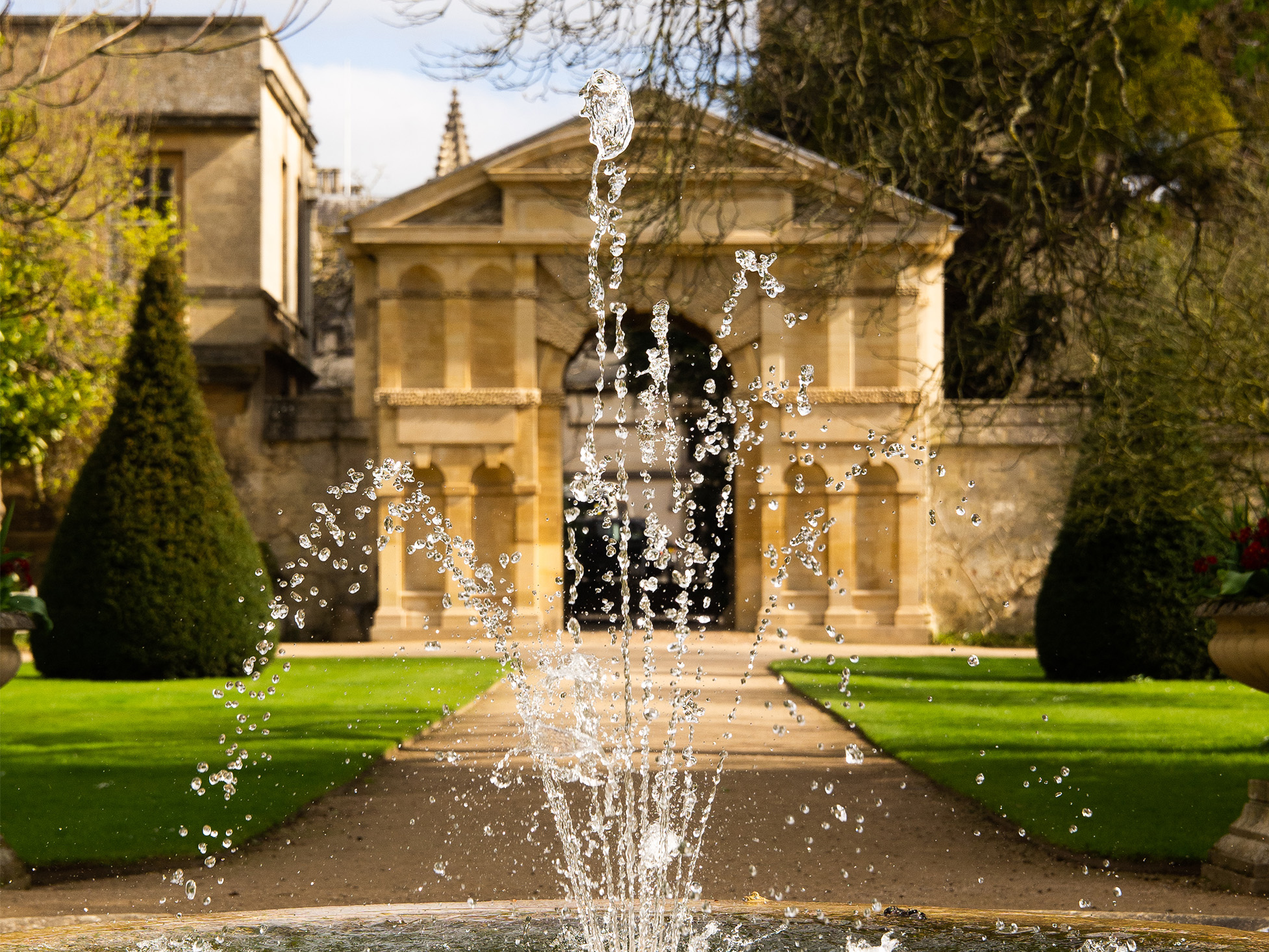The Oxford Botanic Garden and Arboretum, established in 1621, stands as a testament to the enduring relationship between humans and the plant kingdom. As the oldest botanic garden in the United Kingdom, it has evolved over the centuries into a center for botanical research, conservation, and public education. This article delves into the rich history, diverse collections, and significant contributions of both the Oxford Botanic Garden and its counterpart, the Harcourt Arboretum.CityDays+6Home+6Google Arts & Culture+6HomeHome+2Home+2Home+2
Historical Overview
Foundation and Early Years
The inception of the Oxford Botanic Garden dates back to July 25, 1621, when Sir Henry Danvers, the 1st Earl of Danby, endowed the University of Oxford with funds to create a ‘Physic Garden.’ The primary aim was to cultivate plants for medicinal research and to educate students about their uses . Physic gardens were essential during this period, serving as living pharmacies where plants were grown for their therapeutic properties.
https://en.wikipedia.org/wiki/University_of_Oxford_Botanic_Garden
The garden’s location along the River Cherwell provided an ideal environment for plant cultivation. The initial design featured a walled garden to protect the valuable plant specimens from external elements and herbivores. This walled section remains a central feature of the garden today.HomeBibliovault
Evolution Through the Centuries
Throughout its history, the Oxford Botanic Garden has undergone numerous transformations. In the 18th and 19th centuries, the garden expanded its collections beyond medicinal plants to include a broader range of species for botanical study and classification. The introduction of glasshouses during this period allowed for the cultivation of exotic plants from different climatic regions, further enhancing the garden’s diversity.
The 20th century marked a shift towards conservation and research. The garden became actively involved in the preservation of rare and endangered plant species, collaborating with other institutions worldwide to promote biodiversity.
The Oxford Botanic Garden Today
Spanning approximately 4.5 acres, the Oxford Botanic Garden is home to over 5,000 plant species, representing more than 90% of the higher plant families . Its compact yet diverse collection offers visitors a comprehensive overview of the plant kingdom.
Chickadee Gardens+1Wikipedia+1Experience Oxfordshire
The Walled Garden
The historic Walled Garden, the oldest part of the Botanic Garden, features taxonomic beds that showcase plant families in systematic order, providing educational insights into plant relationships and evolution . The Walled Garden also houses the 1648 Collection, which includes plants that were part of the original 17th-century garden .Home+3Amazon+3Bibliovault+3Home
The Glasshouses
The seven display glasshouses recreate various biomes, allowing the cultivation of plants from tropical rainforests to arid deserts . Notable glasshouses include the Carnivorous Plant House, home to insect-eating species, and the Waterlily House, which features the giant Amazonian waterlily.Home+1Latest news & breaking headlines+1Latest news & breaking headlines
The Lower Garden
The Lower Garden offers a more informal landscape with herbaceous borders, a rock garden, and a water garden. It is also the location of ‘Lyra’s Bench,’ made famous in Philip Pullman’s “His Dark Materials” series .Experience OxfordshireHome+3Amazon+3Barnes & Noble+3
Harcourt Arboretum
Located approximately six miles south of Oxford in Nuneham Courtenay, the Harcourt Arboretum spans over 130 acres and serves as an extension of the Botanic Garden . Established in the 19th century, the arboretum provides ample space for growing larger tree species and conserving endangered trees from around the world.Home+2Home+2Home+2
Collections and Features
- The Pinetum & Serpentine Ride: This area, designed in the 1830s, features a collection of coniferous trees, including some of the oldest redwoods in the UK.Home
- Native Woodland: Showcasing British woodland ecosystems, this section is particularly stunning during the bluebell season in late April to mid-May.Home
- Wildflower Meadows: These meadows are home to rare wildflowers and provide habitats for native wildlife, often grazed by sheep or cattle.Home
- The Acer Glade: Renowned for its vibrant autumn colors, the Acer Glade features a variety of maple species.Home
Research and Conservation Efforts
The Oxford Botanic Garden and Arboretum are deeply committed to plant conservation and scientific research. Collaborating with the University of Oxford’s Department of Biology, the institutions focus on evolutionary genetics, speciation, and ex situ conservation . By cultivating endangered species and participating in global seed exchange programs, they contribute significantly to the preservation of plant biodiversity.
Educational and Public Engagement
Education is a cornerstone of the garden’s mission. Through guided tours, workshops, and lectures, the garden and arboretum aim to inspire and inform visitors about the importance of plants in our lives. Special events, such as exhibitions and seasonal festivals, further engage the public and foster a deeper appreciation for the botanical world.
Visiting Information
The Oxford Botanic Garden is situated in the heart of Oxford, making it easily accessible to visitors. The Harcourt Arboretum, located in Nuneham Courtenay, is approximately a 20-minute drive from the city center, with regular bus services available . Both sites are open year-round, offering unique experiences across the seasons.
https://www.obga.ox.ac.uk/visit-arboretum
For those interested in supporting the garden and arboretum, annual passes and memberships are available, providing benefits such as free entry and invitations to exclusive events .Home
Conclusion
The Oxford Botanic Garden and Harcourt Arboretum stand as enduring symbols of botanical heritage and scientific inquiry.

